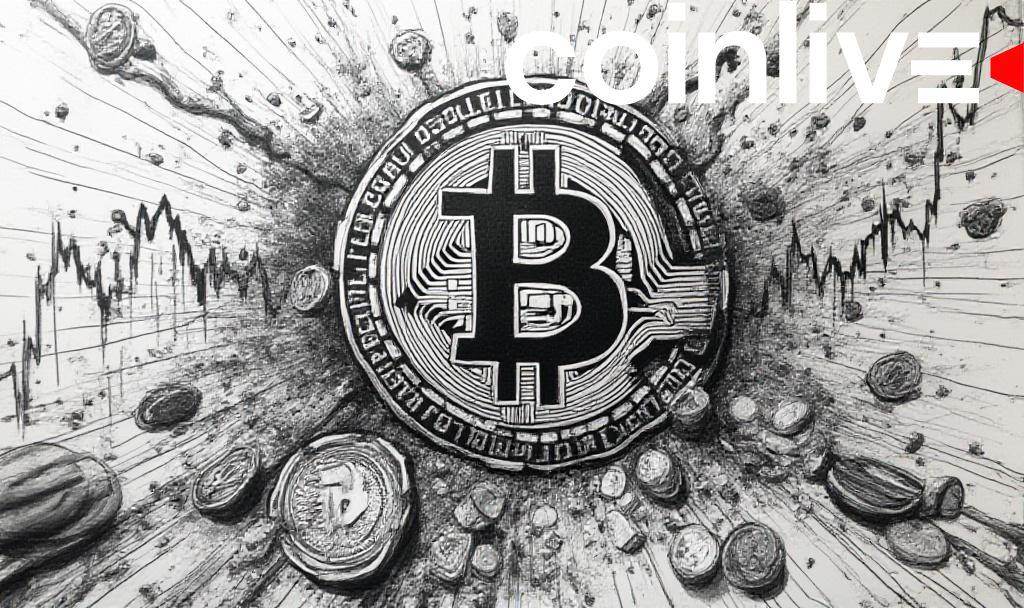- Feud between Elon Musk and Donald Trump impacts crypto market.
- Market sees $1 billion in liquidations amid high volatility.
- Bitcoin price drop hits $102,000, affecting leveraged traders.
Nearly $1 billion was liquidated from the crypto markets following a public clash between Elon Musk and Donald Trump, resulting in significant losses for leveraged traders.
This event highlights structural fragility in crypto markets, leading to rapid sell-offs and significant financial losses for traders.
Impact of the Feud
The public dispute between Elon Musk and Donald Trump catalyzed a massive sell-off in the crypto markets.
Leveraged long traders faced sudden liquidations, amplifying volatility across major cryptocurrencies as the market reacted to external tensions.
Exchange Liquidations
Over 223,300 traders were involved as major exchanges such as Bybit and Binance reported significant liquidations.
These platforms saw the largest impact with over-leveraged positions unwinding swiftly, impacting market stability and sentiment.
Bitcoin’s Price Drop
The immediate aftermath included a notable drop in Bitcoin’s value, impacting its price trajectory and investor confidence. Traders caught in long positions faced rapid losses as liquidation mechanisms were triggered across exchanges.
Vincent Liu, CIO, Kronos Research, “The $980M liquidation event was a perfect storm fueled by the Trump-Musk feud, tariff-driven macro fears, and a highly over-leveraged market. Structural fragility in crypto, where automated liquidations can snowball quickly, turned a sentiment-driven dip into a rapid market unwind.”
The financial implications reached major cryptocurrencies, with Bitcoin and Ethereum experiencing the largest liquidations by value.
High volatility underscored the need for revised risk assessments among market participants and institutions.
Future Implications
Market participants are closely monitoring further shifts as regulatory reactions and investor sentiment evolve. The event has spotlighted the crypto market’s susceptibility to macroeconomic and social triggers.
Potential outcomes include increased scrutiny by regulatory bodies and potential adjustments in trading platforms’ leverage policies. Historical data indicates a pattern of swift reactions to similar catalysts, which might influence future risk management strategies.
